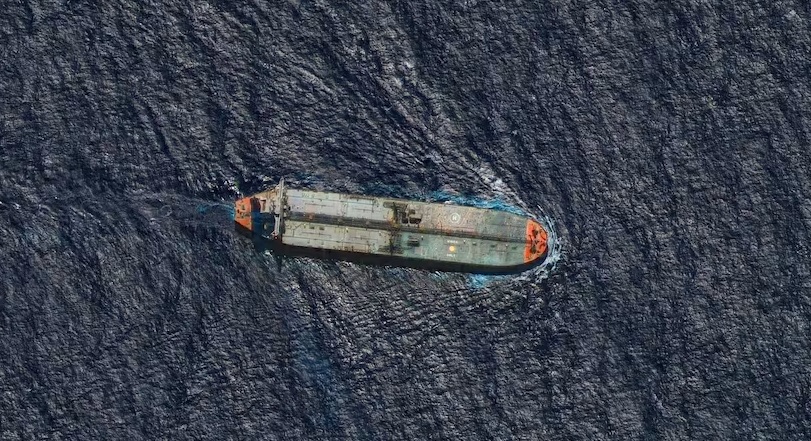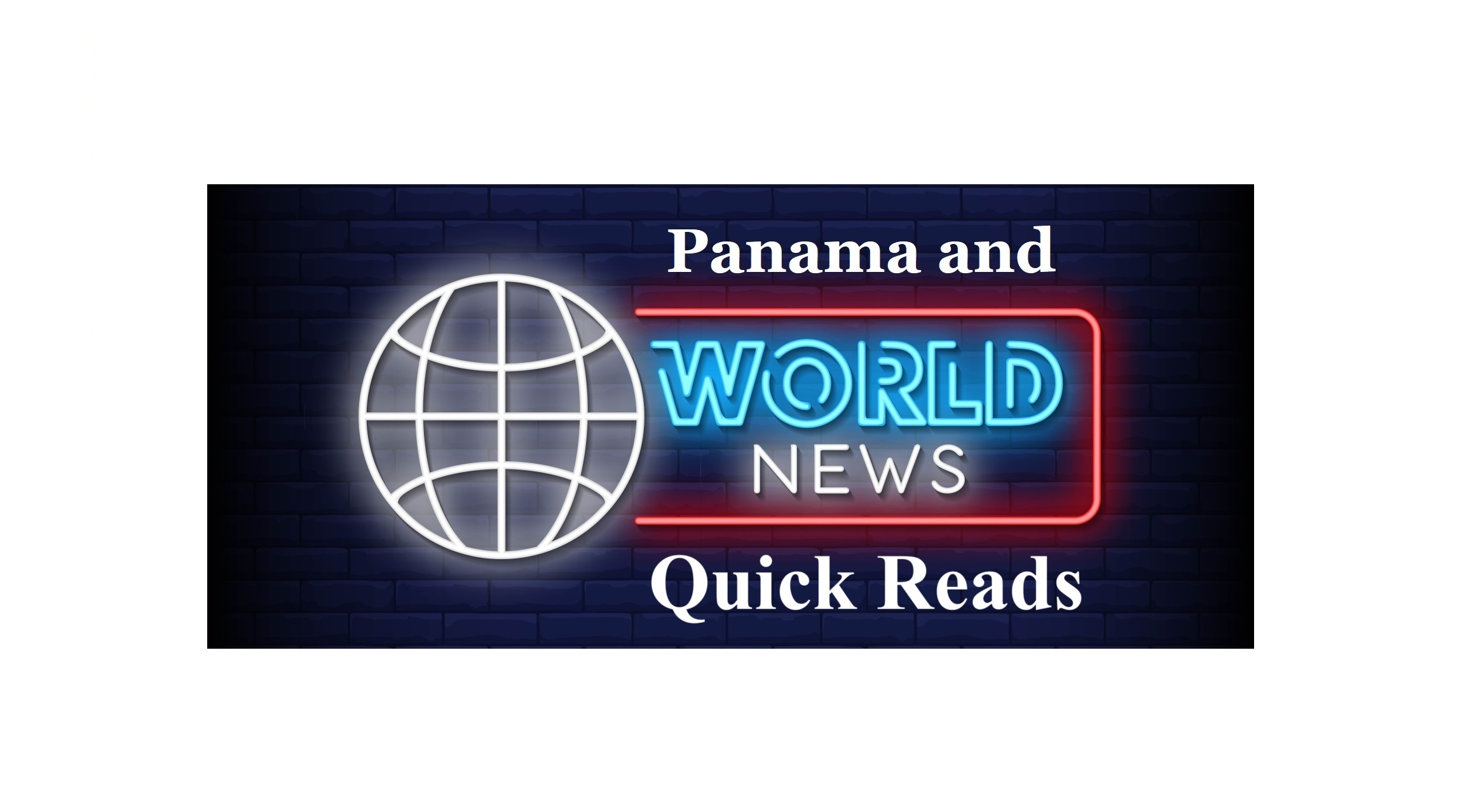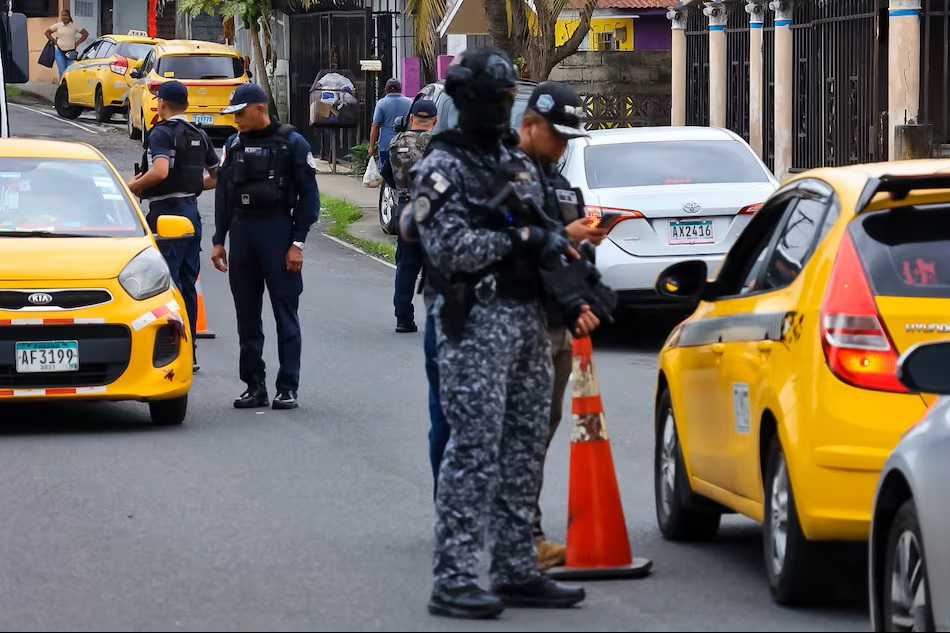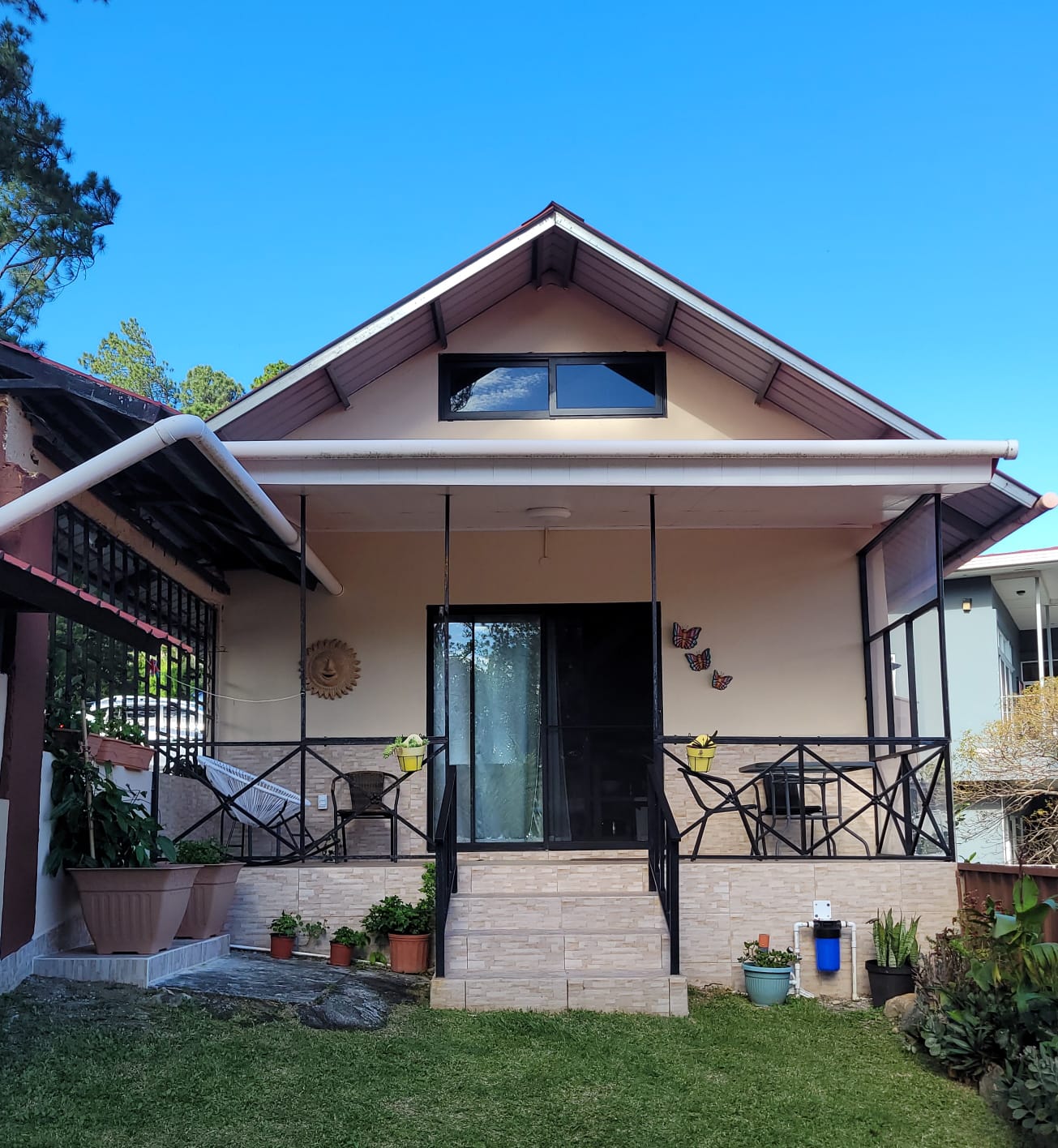Devaluation in Brazil and Colombia, hitting Panama tourism

CURRENCY DEVALUATION in Brazil and Colombia is becoming a concern to Panama, where tourism income plays a major role in the economy.
Panama’s flagship carrier, Copa Airlines has already seen scores of millions wiped of its share value as passengers from the south stay away in their hordes, and the major malls are no longer packed with big spending shoppers from the south carrying bags packed with purchases from the high end stores where something as simple as a headscarf can set you back hundreds of dollars, and an oversupply of hotels has led to a price-cutting war to fill empty rooms.
President Juan Carlos Varela sees the devaluation as biggest concern for Panama, one of the fastest growing economies of Latin America over the past decade, in an interview with Bloomberg in New York during his visit to the UN General Assembly he said that in addition to the canal, the Panama economy depends heavily on travel and trade. With a fall of 35 percent of the value of the Brazilian real and the 24 percent decline of the Colombian peso, fewer Brazilians and Colombians are visiting. “Panama is a great destination for Colombians and Brazilians, who now find it more expensive to travel,” said Varela. “For any Brazilian tourist it is double the cost due to the devaluation of the currency.”
The restoration of diplomatic ties between the United States and Cuba will bring some new visitors to Panama, but that will not be enough to compensate, said Varela. Copa Airlines reduced its flights to Brazil and has increased its flights to Havana, he said.
“The way in which the United States manages this relationship will have a strong impact,” Varela said. “We hope that the new private sector that is emerging in Cuba will become a major customer for the Colón Free Zone.”
Panama’s economy will grow at an estimated 6 percent this year, according to analysts polled by Bloomberg, driven in part by the expansion of the Panama Canal.





